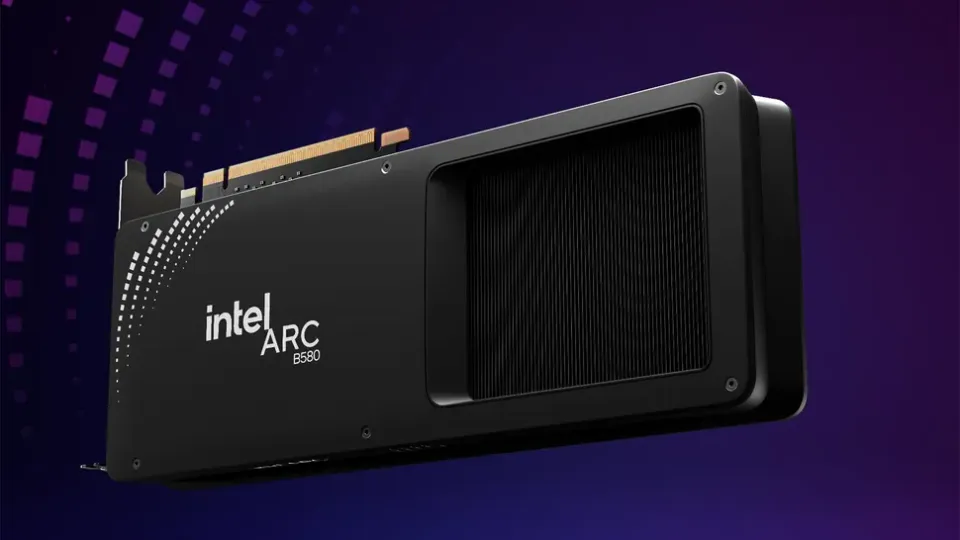A Detailed Look at the NVIDIA 4000 Series, AMD Radeon RX 7000 Series, and Intel Arc GPUs
NVIDIA 4000 Series, AMD’s Radeon RX 7000 Series, and the newcomer Intel Arc GPUs.

The graphics card market has never been more competitive, with NVIDIA, AMD, and Intel vying for dominance in performance, efficiency, and affordability. Here’s a detailed comparison of the NVIDIA 4000 Series, AMD’s Radeon RX 7000 Series, and the newcomer Intel Arc GPUs.
NVIDIA 4000 Series: GeForce RTX
NVIDIA’s 4000 Series GPUs, based on the Ada Lovelace architecture, offer a mix of unprecedented power and efficiency. They target gamers, creators, and professionals who demand high performance.
Key Features:
- Architecture:
- Built on TSMC’s 4nm process, providing increased transistor density and improved efficiency compared to the 3000 Series.
- Enhanced ray tracing and AI capabilities, including the introduction of DLSS 3 (Deep Learning Super Sampling).
- Flagship Models:
- RTX 4090:
- CUDA Cores: 16,384
- Memory: 24GB GDDR6X
- Base/Boost Clock: 2.23 GHz / 2.52 GHz
- Power Draw: 450W
- Performance: Targets 4K ultra gaming at over 120 FPS with ray tracing enabled.
- RTX 4080 (16GB):
- CUDA Cores: 9,728
- Memory: 16GB GDDR6X
- Base/Boost Clock: 2.21 GHz / 2.51 GHz
- Power Draw: 320W
- RTX 4090:
- Innovations:
- DLSS 3: Delivers smoother frame rates by generating entirely new frames, reducing bottlenecks caused by CPU limitations.
- AV1 Encoding: Improved video encoding for content creators and streamers.
Downsides:
- High price point, especially for flagship models.
- Large physical size, requiring spacious PC cases.
AMD Radeon RX 7000 Series
AMD’s Radeon RX 7000 Series, powered by the RDNA 3 architecture, focuses on offering competitive performance and value. These GPUs cater to both gamers and budget-conscious enthusiasts.
Key Features:
- Architecture:
- Built on a chiplet design, a first in GPUs, allowing for better yields and scalability.
- Uses TSMC’s 5nm process for the core compute die and 6nm for the memory cache die.
- Flagship Models:
- Radeon RX 7900 XTX:
- Compute Units: 96
- Memory: 24GB GDDR6
- Base/Boost Clock: 2.3 GHz / 2.5 GHz
- Power Draw: 355W
- Performance: Competes directly with the RTX 4080, excelling in rasterized performance.
- Radeon RX 7900 XT:
- Compute Units: 84
- Memory: 20GB GDDR6
- Base/Boost Clock: 2.0 GHz / 2.4 GHz
- Power Draw: 315W
- Radeon RX 7900 XTX:
- Innovations:
- Infinity Cache: Reduces memory latency and power consumption.
- AV1 Encoding: Matches NVIDIA in providing enhanced video encoding.
Downsides:
- Ray tracing performance lags behind NVIDIA.
- Less mature software ecosystem for AI-driven features like upscaling.
Intel Arc GPUs
Intel’s Arc GPUs represent a bold entry into the discrete GPU market. The Alchemist series targets mid-range gamers and creators.
Key Features:
- Architecture:
- Based on the Xe-HPG architecture.
- Manufactured on TSMC’s 6nm process.
- Flagship Models:
- Arc A770:
- Xe Cores: 32
- Memory: 16GB GDDR6
- Base/Boost Clock: 2.1 GHz / 2.4 GHz
- Power Draw: 225W
- Performance: Competes with NVIDIA’s RTX 3060 Ti and AMD’s RX 6650 XT.
- Arc A750:
- Xe Cores: 28
- Memory: 8GB GDDR6
- Base/Boost Clock: 2.05 GHz / 2.3 GHz
- Power Draw: 200W
- Arc A770:
- Innovations:
- XeSS (Xe Super Sampling): Intel’s AI-based upscaling technology, similar to NVIDIA’s DLSS.
- AV1 Encoding: Industry-leading support for efficient video streaming.
Downsides:
- Driver stability and software optimization remain issues.
- Lags behind AMD and NVIDIA in raw performance metrics.
Head-to-Head Comparison
| Feature | NVIDIA 4000 Series | AMD RX 7000 Series | Intel Arc Alchemist |
|---|---|---|---|
| Software Ecosystem / Driver Support | Mature and reliable | Improving, but still behind | Needs optimization |
| Architecture | Ada Lovelace (4nm) | RDNA 3 (5nm/6nm) | Xe-HPG (6nm) |
| Ray Tracing | Best-in-class | Decent | Entry-level |
| AI Upscaling | DLSS 3 | FSR 2.2 | XeSS |
| AV1 Encoding | Yes | Yes | Yes |
| Price-to-Performance | Expensive | Competitive | Budget-friendly |
| Market Target | High-end gamers, creators | Gamers, budget enthusiasts | Mid-range gamers |
Conclusion
- NVIDIA leads in ray tracing, AI features, and high-end performance but at a premium cost.
- AMD offers strong competition in rasterized performance and value for money, particularly for gamers who prioritize traditional rendering.
- Intel provides an affordable entry point for 1080p gaming and content creation, though it’s held back by software maturity.
The choice between these GPUs ultimately depends on individual priorities such as performance, budget, and specific use cases. With innovations continuing at a rapid pace, the GPU market remains a thrilling battleground for technology enthusiasts.




